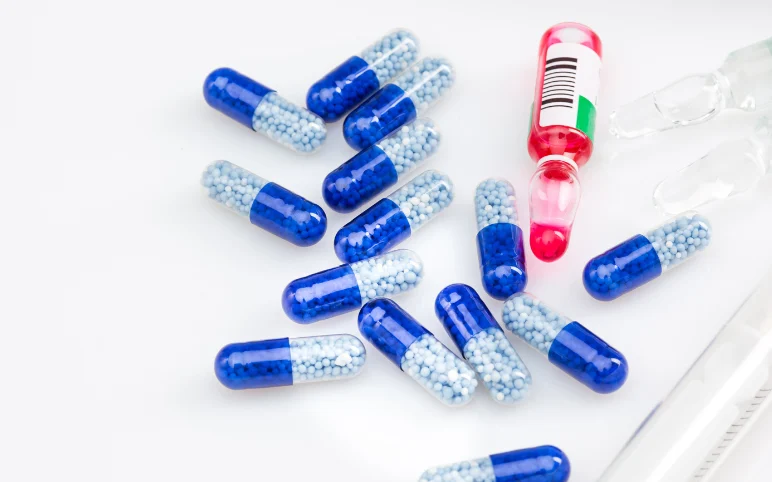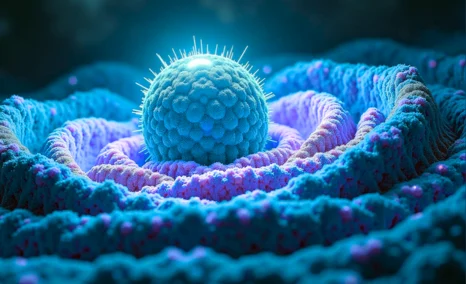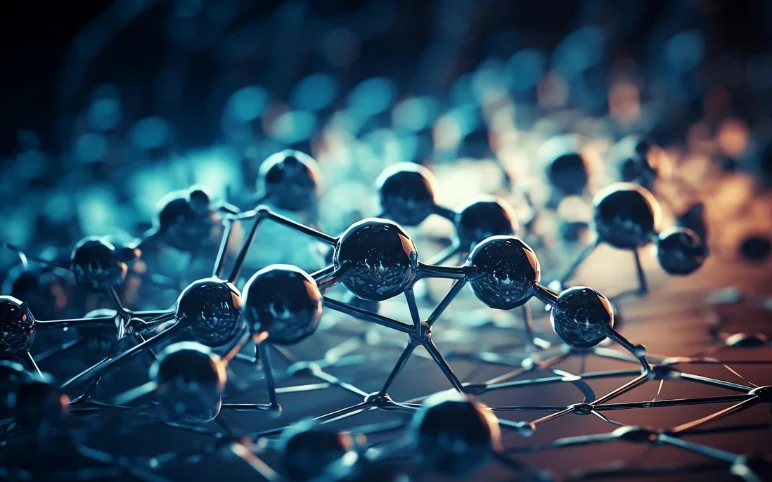A research published in Nature recently identified some dynamic functional states in the breast cancer cells of HER2 breast cancer. The research postulates that women who have advanced oestrogen-receptor (ER)-positive/human epidermal growth factor receptor 2 (HER2)-negative breast cancer, are prone to acquire a HER2-positive subpopulation after multiple courses of therapy. This acquired heterogeneity during the cancer evolution was previously unknown, and to find out the same the researchers evaluated women with ER+/HER2− primary tumours. The results show that the HER2− circulating tumour cells have shown activation of Notch and DNA damage pathways, which results in resistance to cytotoxic chemotherapy. HER2+ and HER2− circulating tumour cells are able to convert among themselves and produce daughter cells that are opposite within four cell doublings. Even though both HER2+ and HER2− tumour cells found in circulation were comparable in tumour initiating potential, differential proliferation favours the HER2+ state, while oxidative stress or cytotoxic chemotherapy enhances transition to the HER2− phenotype. Thus, these results point to some very distinct yet interconverting phenotypes present within patient population and also contributes in the progression of breast cancer and acquisition of drug resistance.



